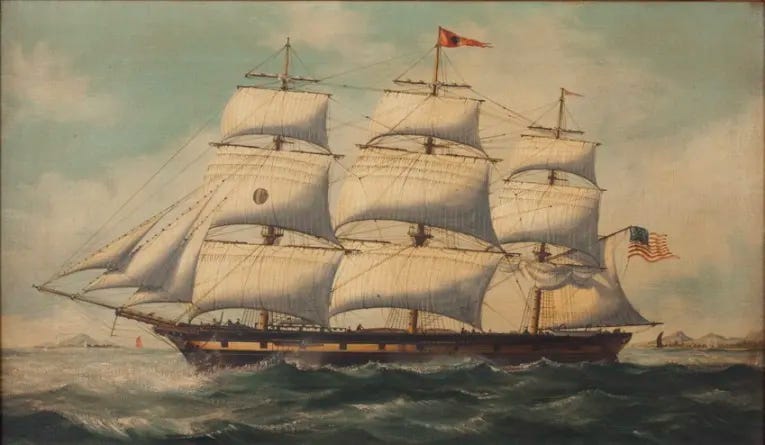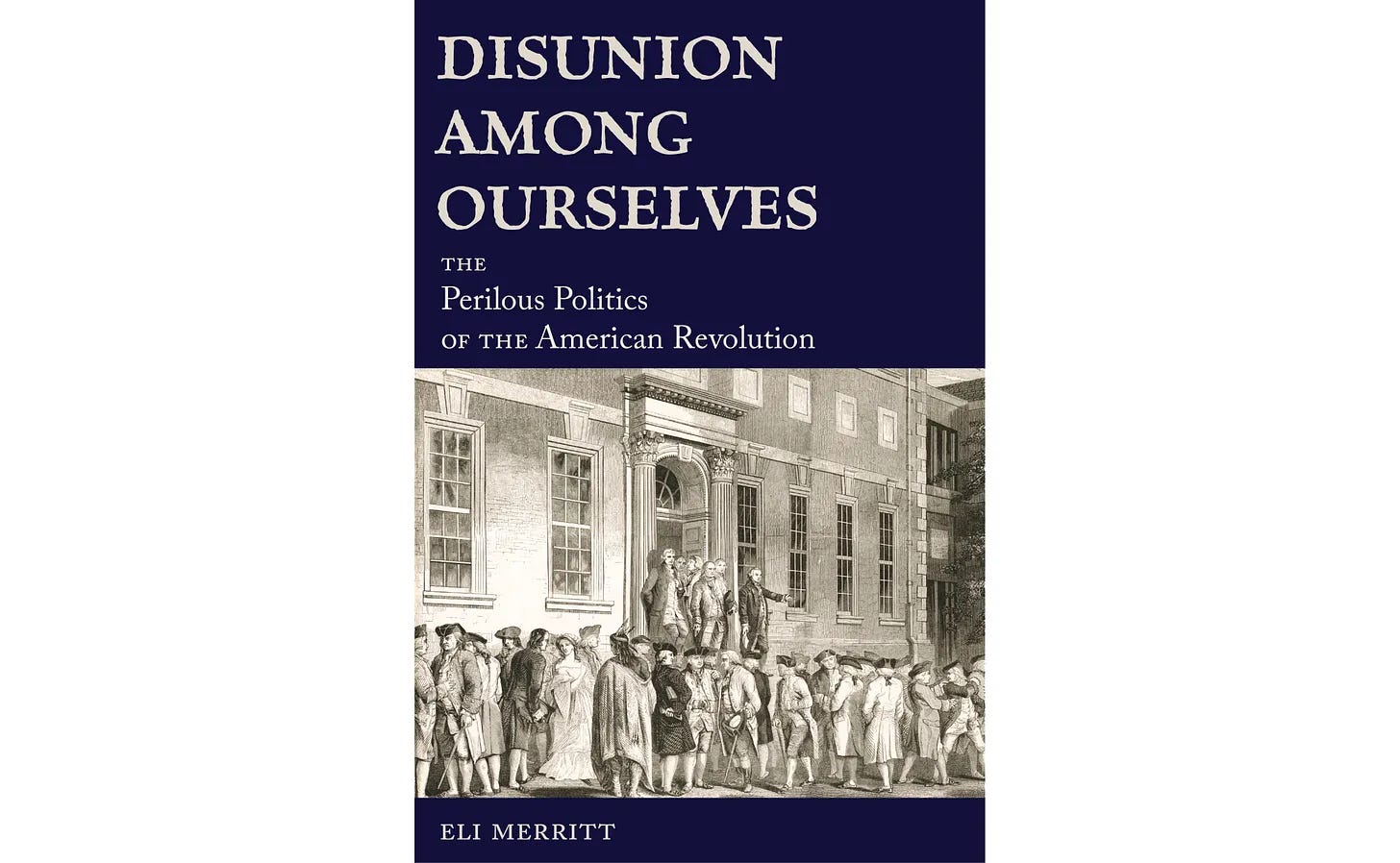Starving the Empire: Economic Resistance to Tyranny
The indefatigable Sam Adams organizes a colony-wide boycott to defend constitutional rights
To protest the Stamp Act, enraged patriots in Boston not only laid siege to the home of Lieutenant Governor Thomas Hutchinson in the summer of 1765. Angry workers, merchants, and sailors also took to the streets to force Crown-appointed stamp collectors, like Boston’s Andrew Oliver, to resign their corrupt posts immediately.
Poor Oliver suffered the destruction not only of his office but his brick home and finely crafted carriage, a beautiful four-seat coach with polished wood panels and iron-rimmed wheels.
In minutes, protesters demolished the frame of his office, lighting a bonfire with its timbers in which they burned a beheaded effigy of Oliver on a stake. After that, a cohort marched to his house, laying torches to his carriage, breaking windows, and smashing outdoor furniture.
The next day Oliver resigned as stamp master. “The people shouted,” according to Samuel Adams, “and their shout was heard to the distant end of the continent.”
Yet, let there be no mistake. Adams, the man known as the “Father of the Revolution,” opposed violent protests like these because in his view violence evoked wrath, inviting retribution rather than repeal.
“America’s 250th Anniversary: Forging Unity Through History”
The title of the lecture I am now giving—contact me to learn more
Nonviolent Resistance
From the start, Adams strategized to starve the empire of its profits from America, the most lucrative marketplace in the realm. That meant, first, organizing Boston, and, next, Massachusetts, followed by the other twelve colonies.
Born in the North End of Boston, Adams was a sharp-eyed man of 43, known for his frugal lifestyle, plain dress, and calculating mind. Educated at Harvard, he wrote his thesis on the legality of resisting tyrannical government.
The thesis was titled "Is it lawful to resist the supreme magistrate, if the commonwealth cannot otherwise be preserved?"
At age 21, the idealistic, resolute Adams answered the question robustly in the affirmative. Thereafter, the right of revolution became the guiding principle of his life.
By 1765 Sam, second cousin of John Adams, was a master political strategist who understood how Parliament works. He knew who controlled the votes in the House of Commons and the peerage influence in the House of Lords.
It was the capitalists—the merchants, the money men. That’s why Adams pushed so hard for a continent-wide boycott of British goods.
America was indeed the richest trade center in the empire. Therefore, patriots must squeeze British merchants of their profits so that they would, in turn, lobby Parliament to repeal the deplorable, unconstitutional Stamp Act.
A Backbone Made of Steel
As Adams knew, the first step was to organize. That’s why he helped to found a secret society of resistance leaders known as the “Sons of Liberty.”
The group began in Boston in the summer of 1765 and swiftly expanded, with chapters spreading to New York, Connecticut, Rhode Island, New Hampshire, and Maryland by November.
The mission of the Sons of Liberty was to safeguard Americans’ constitutional rights at all costs—no backing down, no timid souls welcome.
The first strategy the Sons of Liberty adopted was nonimportation of British goods, a policy they promoted through widespread networking and public announcements in newspapers, handbills, and community meetings.
What made Adams so special was the steel rod in his spine that would never bend to tyranny. ‘The Father of the Revolution’ would sooner secede from the British empire—or die—than forfeit his constitutional rights.
In the Fight for the Long Haul—No Matter What
Adams was the organizer-in-chief of the American boycott. But that didn’t mean he was confident it would succeed.
Since childhood, he had read John Locke, Algernon Sidney, and Trenchard and Gordon. He studied the English Civil War, the Glorious Revolution, and the English Bill of Rights. So he understood the tenacity of tyranny. For this reason, he was in it for the long haul—no matter what.
In 1765 some public writers accused Adams of a radical, subversive intention: launching New England into independence.
No, no, he said, not at all—so long as Parliament and George III uphold American rights.
Adams flatly denied that independence was an agenda item for him in 1765. But, of course, he gladly admitted, he would not hesitate to exercise the right of revolution if unremitting tyranny gripped the landscape of his beloved, free, and verdant Massachusetts.
Toward the end of 1765, a correspondent alerted Adams to a writer in England who denounced him as a traitor scheming for independence. As the Father of the Revolution explained in a reply penned on December 20:
Where did he learn that ye colonies were struggling for independence? The contrary is most certainly true ... There is at present no appearance of such disposition as this writer would insinuate, much less a struggle for independence; and I dare say there never will be unless Great Britain shall exert her power to destroy their liberties. This we hope will never be done.
American Commonwealth is a reader-supported publication
Support for $50/year
*******
Eli Merritt, a historian at Vanderbilt University, is the author Disunion Among Ourselves: The Perilous Politics of the American Revolution
More articles by Eli Merritt
Books by Eli Merritt
To aid the educational efforts of American Commonwealth, take the next step:
Gift a subscription to a friend or family member
Share, Like, Comment, or Restack below:
Book Sources
The Revolutionary: Samuel Adams, by Stacy Schiff
The Sons of Liberty: The Lives and Legacies of John Adams, Samuel Adams, Paul Revere and John Hancock, by Charles River Editors.
Samuel Adams: Father of the American Revolution, by Mark Puls
Penman of the Founding: A Biography of John Dickinson, by Jane E. Calvert







